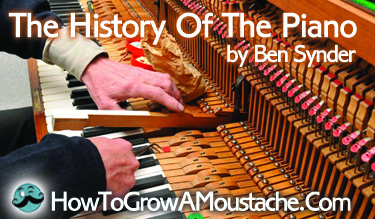When we think about the piano we often assume that it is a timeless instrument. A wondrous musical contraption that has become such an integral part of our Western Musical Heritage, that it is tough to imagine a time without it. It seems to be an immortal cornerstone of modern composition and the organizing foundation of so many symphonies and grand musical productions. Yet, the piano hasn’t been around for all that long. There was a time when it was just a man plucking a bunch of strings stretched across a box, the seed for what we would eventually call…The Piano.
The Piano’s DNA
The physics that make up the piano have been around probably forever, yet didn’t really get observed until Ancient Greece. The fact that a taut string stretched and plucked at a certain length produced a particular note up until Pythagoras, could only be explained away as magic. Time would move forward and eventually musical innovations in Europe during the 14th century would give us the the first keyboard instrument.
|
frame (1)
|
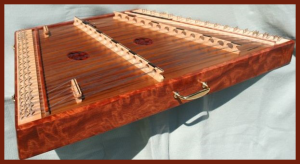 The Piano’s Ancestry
The Piano’s Ancestry
The great-great grandfather of the piano was the dulcimer. The dulcimer was essentially what would be the inside of a piano, a wooden box with strings of different lengths attached over bridges. The musician would then strike the strings with a hammer to produce a sound. The dulcimer was then followed by the spinet, virginal, clavecin, gravicembalo, and finally, the harpsichord in the 15th century. The harpsichord was a major breakthrough in musical instrumentation. It was essentially a piano, except the strings were plucked, almost like a guitar. However, the harpsichord had a major handicap, it only had one volume. Players could not vary the sound level that they were playing at, and therefore couldn’t evoke the same emotions that other instruments could. Musicians liked the way the harpsichord played, but needed a more dynamic and expressive vehicle.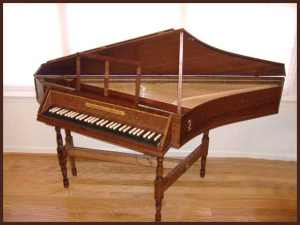
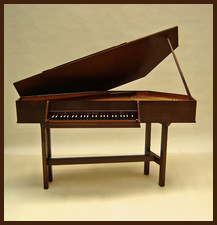 The Piano’s Inception
The Piano’s Inception
Italian inventor, Francesco Cristofori, like musical peanut butter and chocolate, ingeniously combined the principles of both the harpsichord and the dulcimer and invented what we now know today as the peanut butter cup piano. The piano was born in Padula, Italy in 1709. Since its creation it has become the back bone of all classical and modern music. The piano has gone through some considerable structural changes since its birth, but Cristofori’s original idea has been for the most part untouched.
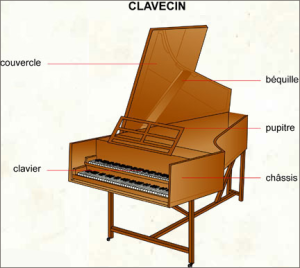 Learn to Play
Learn to Play
From a classical music repertoire to gospel piano, this instrument is perhaps the most versatile of all. Learning to play the piano is a rewarding and enriching experience. The piano has proved itself to be one of the greatest instruments that has ever been invented, give it a shot, you might just fall in love with it.
By Ben Synder
After receiving a B.A. in Communications from UCLA in 2006, Mr. Synder has been promoting establishments such as Play by Hear with writing about his passion, music.
Don’t forget to enter our Monthly Giveaway for a chance to win a Vintage Gillette,Moustache Wax and More! For more info visit Monthly Giveaway
[sign up in Right Sidebar]

